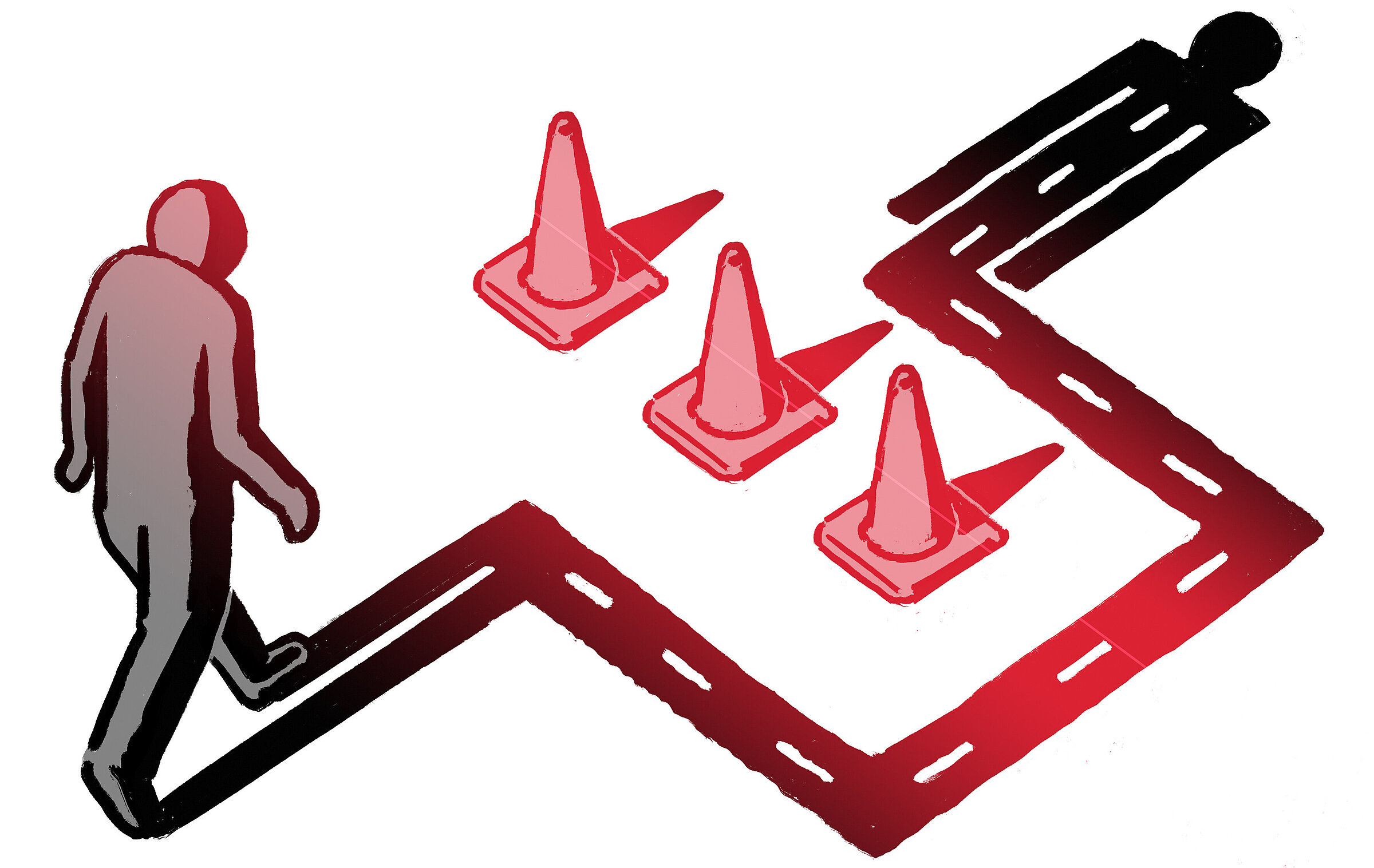How can we explain adequate behavior in social situations? And why do we often behave differently in groups than as individuals? Psychologist Marcel Brass uses behavioral experiments and neuroscientific methods to investigate the cognitive processes enabling us to behave in socially intelligent ways and to understand how “social contagion” works.
Communicating with each other is usually an uncomplicated process. We take turns speaking, avoid interrupting one another and mirror the person we are talking to in order to form a connection. Much of what is needed to ensure interpersonal interactions runs smoothly and what we call social intelligence occurs on a relatively unconscious level. For example, we do not need to think very much about how long we should look directly into another person’s eyes without it becoming uncomfortable; our intuition tells us how long this should be.
A large part of our social intelligence works like a kind of autopilot – an optimized program that kicks in when it is needed. The importance of this internal program is evident when we observe how difficult social interactions are for people whose program is disrupted, for example people on the autistic spectrum.
My research on this subject aims to gain a better understanding of the highly complex processes that underpin social behavior. To achieve this, I develop behavioral experiments and observe brain processes using neuroscientific methods. This experimental research is a creative process, which I have always found to be a fascinating aspect of cognitive psychology.
In the "Science of Intelligence" cluster of excellence, I am investigating how behavior can develop and spread in groups. Back in the 1950s, Solomon Asch demonstrated that people in groups often tend to conform to opinions formed by the majority. And this also applies to the way people actually behave. A good example of this is at soccer games when individuals have a strong tendency to clap when they hear a lot of other people clapping. Here we can observe a kind of social contagion that governs group behavior. In biology, this is referred to as swarm behavior, and it's observed from a bird's eye perspective by using mathematical models. In psychology, we study how the individual behaves in the group by asking questions such as: What is the probability that a particular behavior will change depending on the behavior of the group?
Our multidisciplinary project brings these two perspectives together. We experiment by creating social situations and examining how the group influences the behavior of the individual. The use of virtual reality environments helps us to simulate complex situations during which we give the subject specific instructions. For example, we ask them to look up and to the left when they hear a bang and then we observe their response times to answer questions such as: Will response times become quicker if the virtual group exhibits the same behavior? Will the subject hesitate if the group or part of the group decides to behave differently? Are the subjects possibly mimicking the group and looking in the same direction, even though they have received a different instruction?
Alongside a behavioral biologist and a physicist, our project team includes a microsociologist who explores individual behavior in real-life group processes, including what drives the propensity for violence at demonstrations. She wants to know: Do individuals become more violent when the group shows a propensity for violence?
We are working together to understand how behavior spreads at demonstrations and even in emergency situations. For example: Does everyone flee in the same direction during a fire? What is the best way to design escape routes? How can I program an artificial intelligence to guide people to safety during an emergency? Psychological experiments combined with mathematical models can help us to find empirical answers to these kinds of questions.


